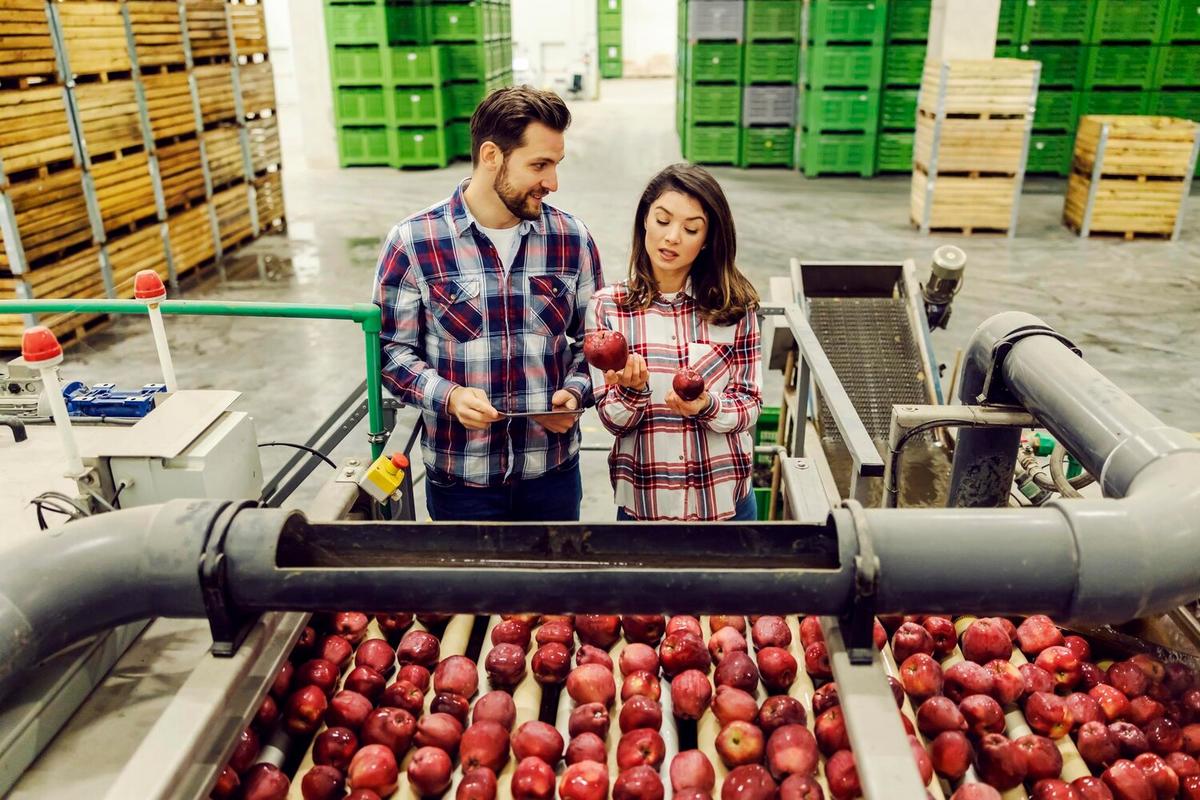
Blockchain Technology in Improving Food Transparency
Imagine being able to trace the entire journey of your meal from farm to table with just a few clicks. Thanks to blockchain technology, this vision of food transparency is becoming a reality, transforming how we understand and trust the food we consume.
Blockchain technology, widely known for its role in cryptocurrency, is making significant strides in improving food transparency. By providing a decentralized and immutable ledger, blockchain ensures every step of the food supply chain is recorded, verified, and accessible to stakeholders, including producers, retailers, and consumers.
How Blockchain Enhances Food Transparency
One of the key benefits of blockchain in the food industry is its ability to provide traceability. According to a study by IBM, 71% of consumers are willing to pay more for companies offering complete transparency. Blockchain records each transaction from production to distribution, allowing consumers to verify the origins and authenticity of their food.
Expert Insights
“Blockchain’s potential to revolutionize food traceability is immense,” says Dr. Maria Gonzalez, a leading food technology researcher. “It not only enhances trust but also empowers consumers with knowledge about their food sources.”
Practical Applications
Consider the example of a coffee producer who uses blockchain to document every stage of the bean’s journey. From the farm where it’s grown to the roasting process and final packaging, each step is logged into the blockchain. This transparency helps ensure ethical practices and quality assurance.
Retailers are also leveraging blockchain to manage inventory more efficiently, reducing waste and improving supply chain efficiency. These systemic improvements contribute to a more sustainable food industry.
Actionable Tips for Implementing Blockchain
- Engage Stakeholders: Foster collaboration between producers, suppliers, and retailers to implement blockchain effectively.
- Invest in Training: Educate your team on blockchain technology to maximize its benefits.
- Start Small: Pilot blockchain applications in selected areas before scaling up across the supply chain.
Comparison Table of Blockchain vs. Traditional Systems
| Feature | Blockchain-based | Traditional Systems |
|---|---|---|
| Traceability | High – Every transaction is recorded | Low – Manual and prone to errors |
| Transparency | Full – Open to all participants | Limited – Restricted access |
| Security | Strong – Encrypted and immutable | Moderate – Vulnerable to tampering |
| Efficiency | Improved – Automated processes | Variable – Often involves manual checks |
| Cost | Potentially lower – Reduces fraud and waste | Higher – Due to inefficiencies |
| Consumer Trust | Increased – Verified data | Variable – Dependent on brand reputation |
| Scalability | High – Easily adaptable | Limited – Complex integration |
| Speed | Fast – Real-time tracking | Slow – Delays in information flow |
FAQs
How does blockchain improve food safety?
Blockchain allows for swift identification and isolation of contaminated batches, reducing the risk of widespread foodborne illnesses.
Is blockchain technology expensive to implement?
While initial costs can be high, long-term savings from reduced waste and improved efficiency often offset these expenses.
Can small producers benefit from blockchain?
Absolutely! Blockchain can enhance transparency and credibility, helping small producers gain consumer trust and expand market access.
Conclusion
Blockchain technology is paving the way for a more transparent food industry, offering consumers peace of mind and fostering trust in the products they purchase. As more companies adopt this technology, the benefits for both producers and consumers will continue to grow. For those in the culinary industry, embracing blockchain could be a transformative step towards building a sustainable and transparent future.


